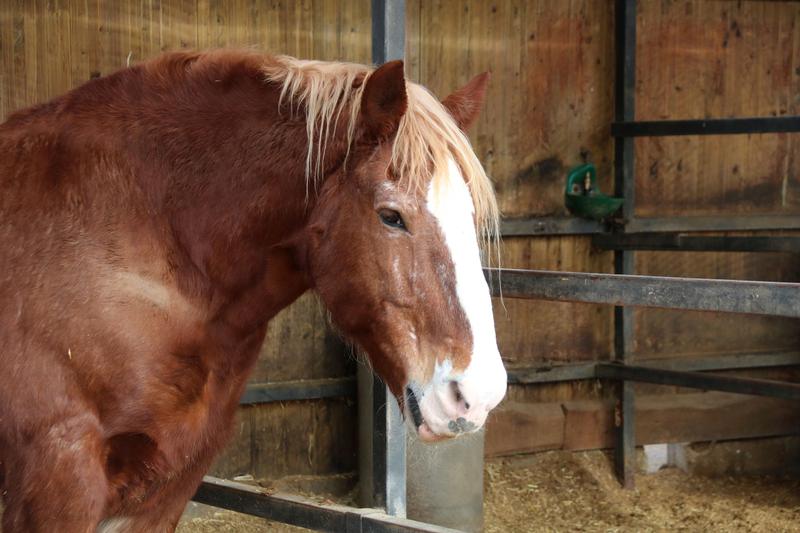Animal welfare guide created for 'Tres Tombs' celebrations
Vets, festival organizers and government agree on how to maintain traditions while protecting animals

A new guide has been published to guarantee animal welfare during traditional 'Tres Tombs' celebrations or other similar festivities.
The text has been agreed by the Department of Climate Action, together with the Catalan 'Tres Tombs' Federation, animal rights organization FAADA, and the Association of Specialist Equine Veterinarians.
The guide states that at each festival there should be one veterinarian for every 50 animals, that the routes must be less than 6km and that slippery surfaces must be avoided.
With these and other measures, the guide aims to help organizers develop these traditional festivals, which happen in around one hundred towns in Catalonia, "guaranteeing that they adapt to modern times, based on respect," according to Catalonia's general director of Agriculture and Livestock, Elisenda Guillaumes.
Following the guide is voluntary, although the climate action department hopes that it "ensures the durability of traditional festivals" with the premise of prioritizing "the care of physical and emotional well-being of animals."
"The document has an important function of providing transparency to the public," said Catalonia's general director of Environmental Policies and the Natural Environment, Marc Vilahur, who stated that the guide "helps the Tres Tombs be viewed as a festival that it is not negative for animals."
According to Vilahur, with this new guide "you can see the efforts made to guarantee animal welfare and you can observe how this is guaranteed."
Horse and donkey parades
Saint Anthony the Abbot, Catalonia's protector of animals, is honored with a feast day on January 17th every year, a day particularly special in many towns and neighborhoods across the country. The festival known as Els Tres Tombs, or 'the three laps' in English, is celebrated in honor of both animals and the saint.
The tradition is hugely popular in Valls, the Barcelona neighborhoods of Sant Andreu, Sant Antoni, and in the town of Vilanova i la Geltrú, where the festival is known to be one of the biggest in Catalonia for its quality, size, and diversity.
The biggest spectacle of the day is the donkey, horse, and pony parade. Often, locals even bring their own dogs, cats, birds, and whatever beloved pet they may have, to the parade. All animals, both taking part in the parade and activities, and the pets brought to the event, are given a blessing by the local cleric.
The bulk of Tres Tombs parades happen during the months of January and February. Celebrations start this Sunday in Argentona, Cerdanyola, Martorell, Polinyà, and the Sant Andreu neighborhood of Barcelona.
Although most towns celebrate the festival during this period, the last official festival will be in May in Montblanc, the traditional capital of the Tres Tombs.